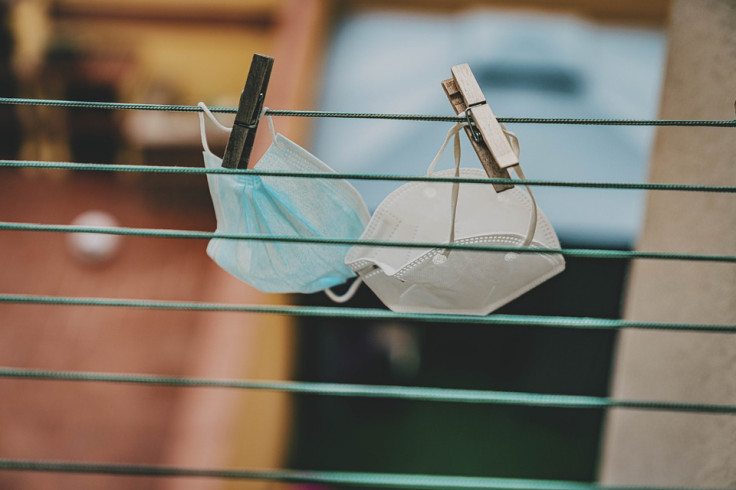COVID-19 safety: Wearing a used face mask more dangerous than having no mask at all
A new surgical mask that has three layers is 65 percent efficient when it comes to filtering particles found in the air, but its efficiency drops after first use.
Since face masks have become part of the new normal, many do not leave home without them. But what if you forgot to get a new one, would you still put on that used crumpled mask in your pocket? Recent research says that might not be the best option.
A study titled, "Effects of mask-wearing on the inhalability and deposition of airborne SARS-CoV-2 aerosols in human upper airway" published in the journal Physics of Fluids, revealed that wearing a used mask proves more dangerous than when one would not opt to wear anything at all in trying to ward off COVID-19.
Researchers determined that a new surgical mask that has three layers is 65 percent efficient when it comes to filtering particles found in the air. However, this efficiency drops after the mask is already used. From 65 percent, it drops to 25 percent.
The University of Massachusetts Lowell and California Baptist University researchers revealed that masks slow down the airflow. With this slowdown, people become more susceptible to breathing in particles. When the face mask becomes dirty, it may not be able to effectively filter out droplets.
Jinxiang Xi, the author of the study, said that it is quite natural for people to think that having a mask, whether old or new, is better than not wearing a mask at all. However, this may not entirely be true. He explained that based on their research, using an old mask could only provide protection against particles larger than five micrometers. However, it cannot provide ample protection for fine particles that are smaller than 2.5 micrometers.
The researchers made use of a computer model of a person who wears a pleated three-layer surgical mask in order to see how the covering will be able to affect airflow and the passage of particles. They also checked how these droplets settle on the face, airway, nose, pharynx, or deep lung.
They found that at lower inhalation flow rates, the efficacy of the mask in protecting against particles also decreases. Pleats on a mask serve a specific purpose as well, as they also affect the patterns of airflow and as they are used, their efficiency also changes.
The researchers hope that public health authorities will be able to strengthen preventative measures in order to help prevent the spread of COVID-19. Some measures that were highlighted by researchers include wearing masks properly for the best protection, being able to choose a more effective face mask, and also avoiding reusing masks.
© Copyright IBTimes 2025. All rights reserved.






















